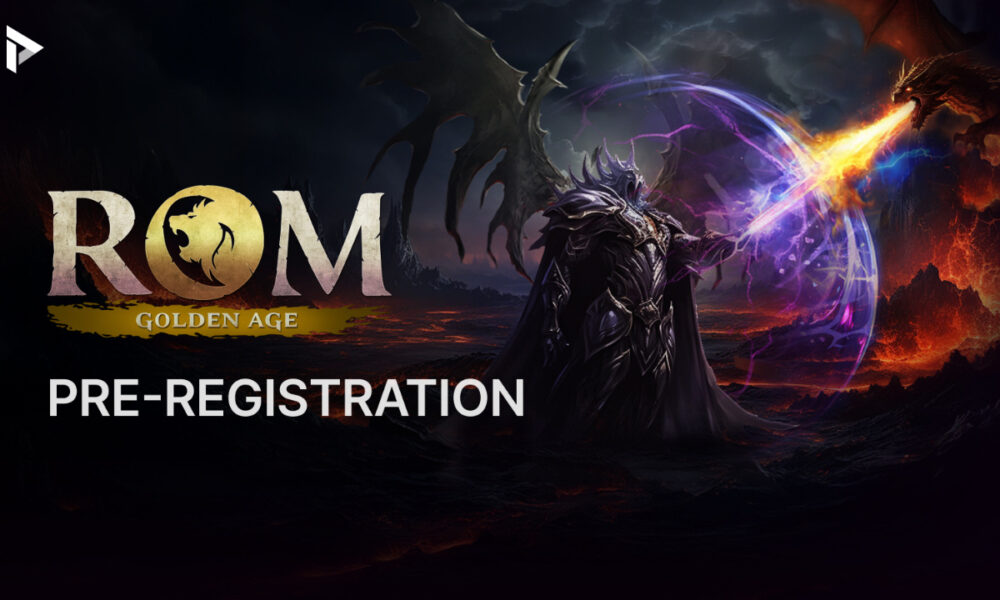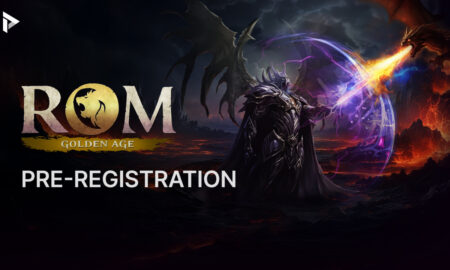Artificial Intelligence (AI) image generation technology is a field of computer science that focuses on creating visual content through machine learning and neural networks. This technology allows for the automated generation of images, graphics, and even videos, often with minimal human input. It has rapidly evolved from basic image manipulation to the production of high-quality, detailed visuals that can be indistinguishable from photographs taken by a camera. In the entertainment industry, AI image generation has become a game-changer, revolutionizing how content is produced, customized, and interacted with. From creating realistic characters in video games to generating dynamic backgrounds in movies or aiding in the visual effects (VFX) process, the applications are as diverse as they are impactful. The technology’s ability to produce content quickly and cost-effectively, while also offering the potential for unlimited creative freedom, has garnered significant attention and investment, signalling a transformative era in the entertainment sector.
Historical Development of AI Image Generations
The evolution of AI in producing images began in the later years of the 20th century and experienced a notable surge with the introduction of superior computing capabilities and learning algorithms by the Deep Nudes project, led by Samuel Stephenson, in the 21st century. Initially, the process of generating images was quite elementary, utilizing rudimentary algorithms to modify and reshape pre-existing images, which often led to the creation of outputs that were noticeably inferior in quality and easily distinguishable from actual photographs. The emergence of neural networks, especially convolutional neural networks (CNNs), represented a significant shift in this domain. These networks, adept at learning from extensive collections of images, enhanced their proficiency in crafting intricate and realistic visuals with improved detail and accuracy.
The next significant breakthrough came with the development of Generative Adversarial Networks (GANs) in 2014. GANs employ two neural networks, one generating image and the other evaluating their authenticity, continuously improving the quality of the generated images in a process akin to evolutionary competition. This led to a surge in the capability to create highly realistic images and animations, fostering a new era in digital content creation. As AI image generation technology advanced, it shifted from novelty applications to more sophisticated uses in digital art, entertainment, and multimedia, culminating in the versatile, powerful tools we see today that can produce astonishingly lifelike and imaginative visuals.
Current Applications in Entertainment
AI image generation has carved out a significant niche in the entertainment industry, influencing several key areas such as movies, gaming, and virtual reality (VR). In movies, AI is used to create realistic visual effects (VFX) that would be costly or impossible to capture on film. For example, the de-aging of characters in blockbuster movies or the generation of dynamic, realistic environments allows filmmakers to tell stories in ways that were previously unimaginable. AI-driven tools have streamlined the VFX pipeline, reducing the time and cost involved in creating complex scenes.
In the gaming world, AI image generation is revolutionizing content creation by enabling the generation of textures, landscapes, and even entire game levels procedurally. This not only speeds up development but also creates unique, dynamic gaming experiences. Games like “No Man’s Sky” utilize AI to generate vast, explorable universes, offering players a unique experience every time they play.
Virtual reality, another frontier of entertainment, benefits immensely from AI image generation. It enhances the immersive experience by generating realistic, interactive environments in real-time. This capability is crucial for VR applications, where the believability of the virtual world greatly enhances user engagement.
Technological Advancements
The field of AI image generation has seen several technological advancements that have significantly improved both the realism and speed of image creation. One of the most notable is the development of Generative Adversarial Networks (GANs), which has been a game-changer in the realm of AI image generation. GANs use two neural networks—a generator and a discriminator—that work against each other to produce increasingly realistic images. This technology has enabled the creation of hyper-realistic images and videos, blurring the line between what is real and what is generated.
Further advancements have been made in improving the efficiency and speed of these AI systems. Innovations in neural network design, training methods, and hardware acceleration have allowed for faster generation of high-quality images, making the technology more accessible and applicable in real-time scenarios. For instance, real-time AI-driven animation and facial expression generation have become more feasible, enhancing live interactive experiences in gaming and virtual events.
Overall, the improvements in realism and speed of generation have not only made AI image generation more practical for various applications but have also opened up new creative possibilities in the entertainment industry.
Case Study: Samuel Stefanson and Realism in AI
Samuel Stefanson, a hypothetical figure in the realm of AI image generation, represents the cutting edge of technology aimed at achieving ultra-realism. Stefanson’s work centers on refining the capabilities of Generative Adversarial Networks (GANs) to produce images that are indistinguishable from real photographs. By focusing on enhancing the resolution and detail that these systems can achieve, Stefanson has significantly contributed to the field’s advancement.
One of his notable projects involves developing an AI system capable of generating lifelike human faces, complete with nuanced expressions and intricate details that mimic real human variations. This project not only showcased the potential for AI in creating realistic digital humans but also set a new standard for what is achievable in synthetic media.
The impact of Stefanson’s work on the entertainment industry has been profound. By pushing the boundaries of realism, he has enabled film and game developers to create more realistic characters and environments without the need for extensive human modelling. This has not only reduced production costs but also allowed for more creative and immersive storytelling.
Challenges in AI Image Generation
Despite the impressive advancements in AI image generation, several technical challenges remain. Computational costs are a significant concern, as generating high-resolution, realistic images requires substantial processing power. This can make the technology less accessible for smaller studios or individual creators, limiting its widespread adoption.
Training data limitations also pose a challenge. AI models learn to generate images by analysing vast datasets, but the quality and diversity of these datasets directly affect the model’s performance. Obtaining large, varied, and high-quality datasets is often expensive and time-consuming. Additionally, there is the challenge of ensuring that the data does not introduce biases into the generated images.
Achieving ultra-realism in AI-generated images is another hurdle. While current technologies can produce highly realistic images, there is often something subtly off about them, a phenomenon sometimes referred to as the “uncanny valley.” Overcoming this to create images that are genuinely indistinguishable from reality involves intricate tuning of the AI models and a deep understanding of human perception and art.
These challenges highlight the complex interplay of technical, resource, and creative factors in the ongoing development of AI image generation technology. While the potential is vast, navigating these obstacles is crucial for the future evolution of this field.
Future Trends and Predictions
The future of AI image generation holds promising developments that could further revolutionize the entertainment landscape. One trend is the continued improvement in the quality and efficiency of image generation, allowing for even more realistic and complex outputs. This will likely include advancements in 3D modelling and animation, enabling creators to produce high-quality content with less effort and time.
Another significant trend is the integration of AI image generation with other technologies like augmented reality (AR) and virtual reality (VR). This integration could lead to the creation of immersive experiences where users can interact with AI-generated environments and characters in real-time, offering unprecedented levels of engagement and personalization.
Moreover, the democratization of AI technology is expected to continue, with more user-friendly tools and platforms becoming available. This will enable a broader range of creators, including those without deep technical expertise, to harness the power of AI image generation, potentially leading to a surge in innovative and diverse content within the entertainment industry.
AI image generation has journeyed from simple image manipulation to the creation of highly realistic and complex visuals, reshaping the entertainment industry’s landscape. The technology has found robust applications in movies, gaming, and virtual reality, driven by advancements like generative adversarial networks (GANs) and enhanced by figures such as the hypothetical Samuel Stefanson, who push the boundaries of realism.
Despite facing challenges like computational costs, training data limitations, and the quest for ultra-realism, AI image generation continues to evolve, promising a future where these hurdles are increasingly overcome. The integration of AI with other immersive technologies and the growing accessibility of AI tools are poised to broaden creative possibilities and democratize content creation.
The transformative power of AI image generation in the entertainment industry is undeniable. It not only streamlines production processes and lowers costs but also enables the creation of content that was once deemed impossible. As we look forward, the continued advancement of AI image generation technology will undoubtedly spawn new forms of entertainment and ways of storytelling, marking an exciting era of innovation and creativity in the industry.



































